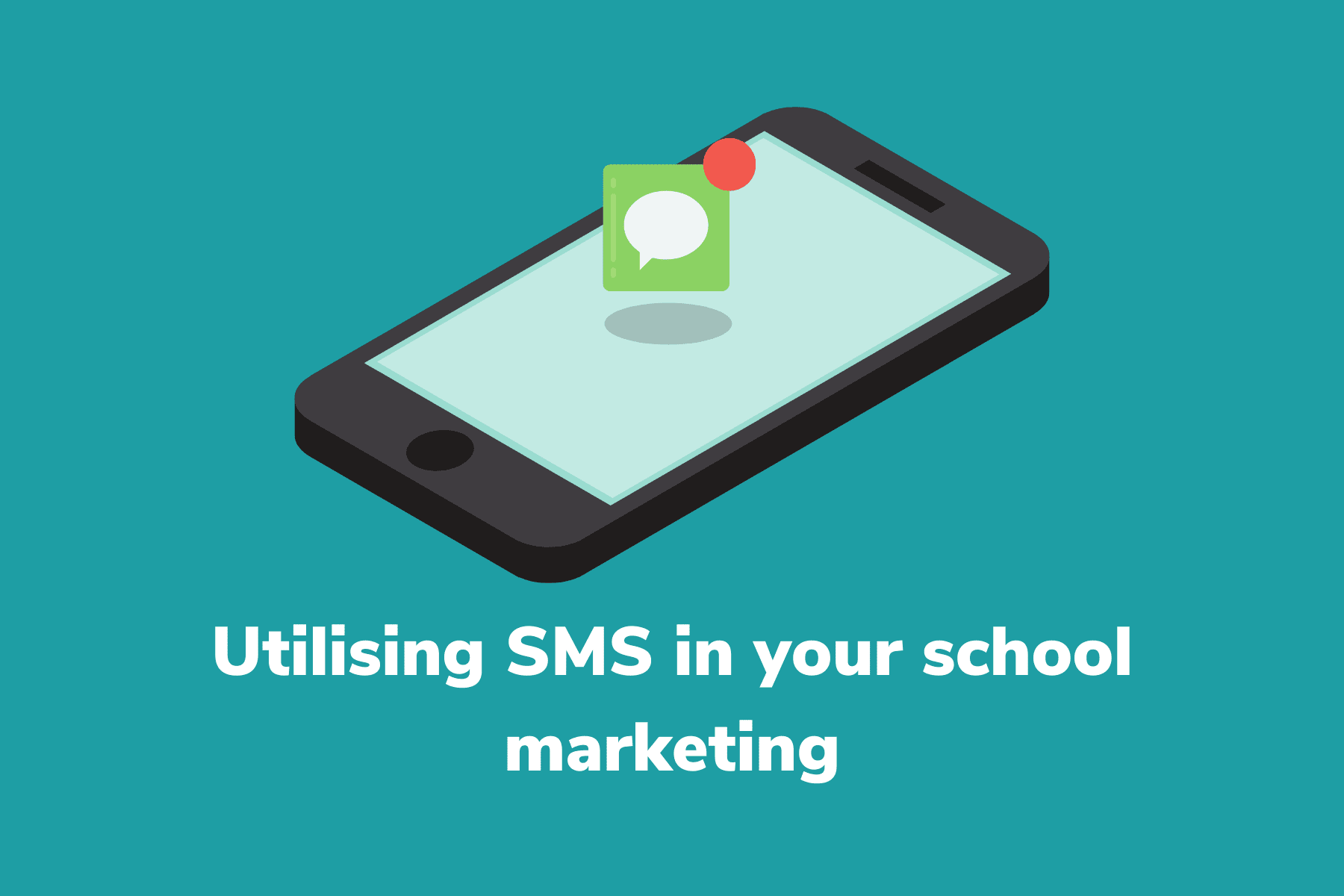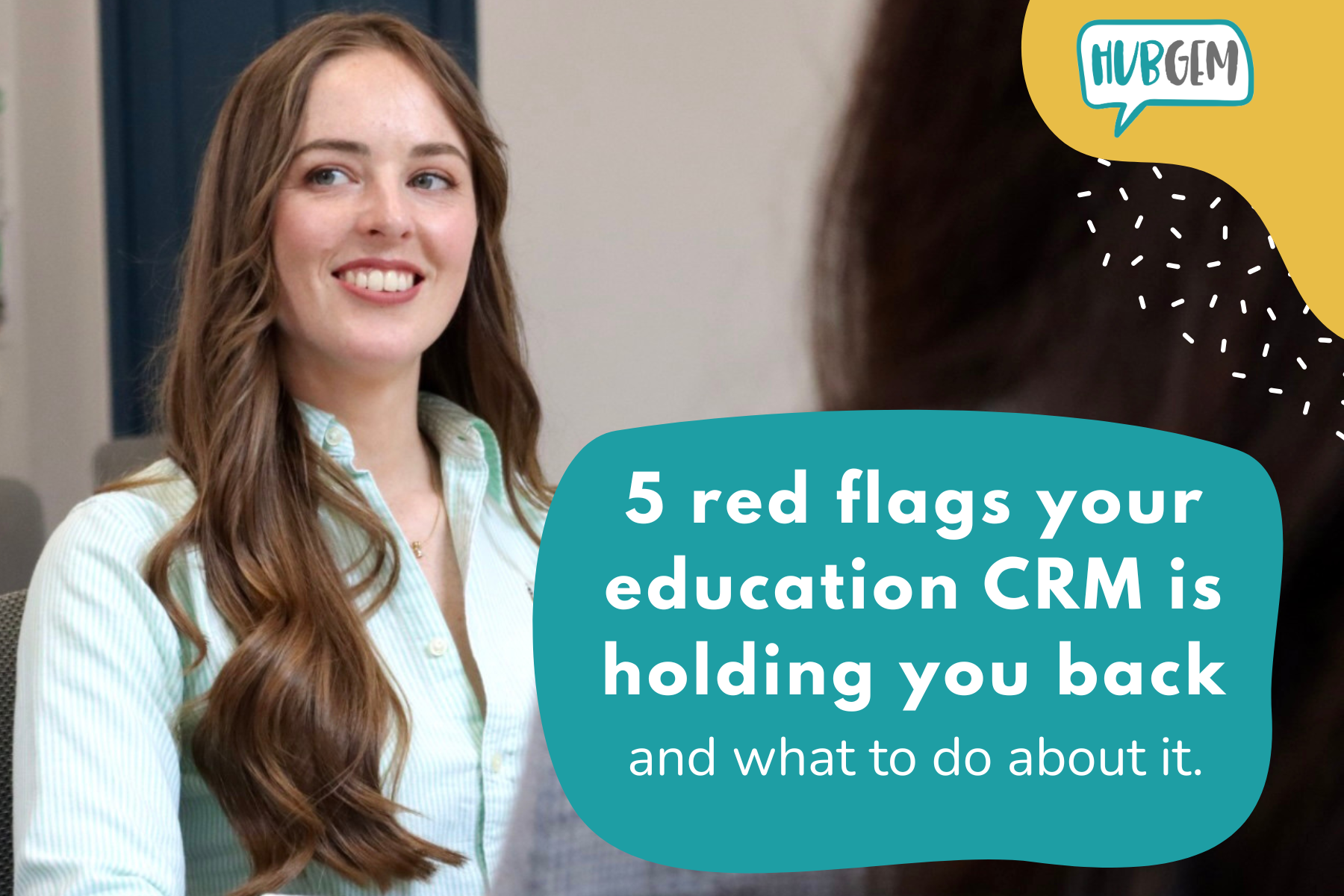Over 90% of SMS messages that are received, are opened and read.
Almost everyone in the modern world has a phone, and whilst you’ll need to download apps for social media, SMS is built directly into every phone– so why disregard it in your marketing strategy? SMS is still the main form of communication for much of the younger audience; it’s quick and convenient and can still retain a personal touch.
So, why use SMS for student recruitment?
SMS appears to get less widespread circulation than that of communication via email or phone. However this is no means to discount SMS marketing, if we look at open rates SMS actually appears to be the most valuable. The average email open rate is 20% whereas the SMS metric is a 98% open rate, incredibly high in comparison (see graph below).
 Source: Privy
Source: Privy
Not only is the open rate extremely high, the average time to read a text message is 5 seconds, and there’s no need to worry about your SMS going into a spam inbox (it’s important to note that there are inboxes for spam in SMS, however the rate in which messages go through to spam in comparison to that of email are much lower). When you look into cold calling, only 20% of people actually answer unexpected calls, again pointing your marketing efforts to that of SMS.
A blended approach will always be the most beneficial, so don’t scrap all other marketing methods after reading this blog! Although, it’s worth highlighting why SMS has such high open rates. Ultimately it comes down to convenience and usability; flicking between texts and replying is much quicker than flicking through emails and replying (or at least it is for the younger generation that you’re targeting). SMS has also been designed from scratch specifically for mobile devices, making its usability intuitive to the generations that have grown up with mobiles.
Instant messaging alternatives
There are instant messaging alternatives to SMS that have varying popularity depending on where you are in the UK, as well as in the world. There are countless instant messaging apps available, so it might be worth conducting some market research to find out what your target audience is using – this is especially important if you’re marketing on an international basis.

Source: Statista
Currently Facebook, who own WhatsApp, are controlling the instant messaging market extremely well, however if your persona is from a country that primarily uses Viber, for example, then this should be your primary instant messaging focus after SMS.
HubSpot integration
If you’re using HubSpot as your CRM, then there are a number of integrations available that’ll aid you in your SMS marketing journey. Namely, there’s SMS for HubSpot , which enables you to seamlessly send and receive SMS within HubSpot. With SMS for HubSpot, you’re able to integrate SMS into HubSpot’s great marketing features.
You’ll be able to integrate SMS into your marketing automation and you’ll be able to personalise your messages to individual students by utilising HubSpot’s personalisation tokens. You’ll also be able to send and receive messages directly within contact records, using the aforementioned personalisation within templates to efficiently send messages that your target market will resonate with. Just head to contact activity so see the stream of messages that are automatically recorded, and how that individual contact has responded. You can see the data flow in the table below to get an understanding of how the integration works.
HubSpot has a number of great integrations, so once you’ve found out what your target audience use for instant messaging, it’ll be worth checking to see if HubSpot has an integration for it. WhatsApp, for example, is extremely popular both in the UK and in a number of countries around the world, in fact there are over two billion users worldwide.
How to use SMS in your School marketing Strategy
As mentioned previously, you’ll want to take a look at your persona and conduct some market research to deduce which instant messaging platform is most popular with your target audience. Once you know who you’re targeting and through what means, you can then move on to what you want to say.
For longer more in depth messages, Email will be your best bet. However, due to the generally much shorter length of texts, and the much higher level of open rates, your messages will be most effective when using the cross correlation of your shortest messaging and your most valuable/relevant messaging. Due to the engagement rates, you also won’t need to bombard your target audience with multiple messages just to get your point across.
Here’s an example of how you might funnel down with an SMS campaign, using short but valuable messaging.

Just remember that your messages will still need to comply to GDPR. Similarly to emails, your messages will need to give the option to unsubscribe, which sadly you can’t make quite as discreet as you can in an email. A common way to offer an unsubscribe option within SMS is to have an opt-out keyword. For example, a message may read “Reply ‘STOP’ to opt-out of SMS communications”.
Want to learn more about how you can take your school marketing to the next level?
Book in a free consultation to chat everything education marketing, and find out how we can help you.
.png?width=150&height=101&name=HUBGEM%20Logo%20-%20smaller%20logo%20(1000%20x%20673).png)


.png)

%20-%20AEO.png)

%20-%20BreezeContent%20agentstudio.png)